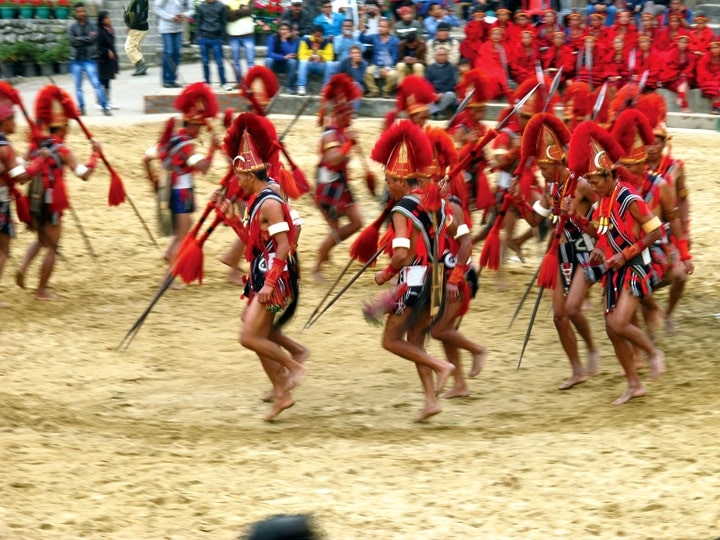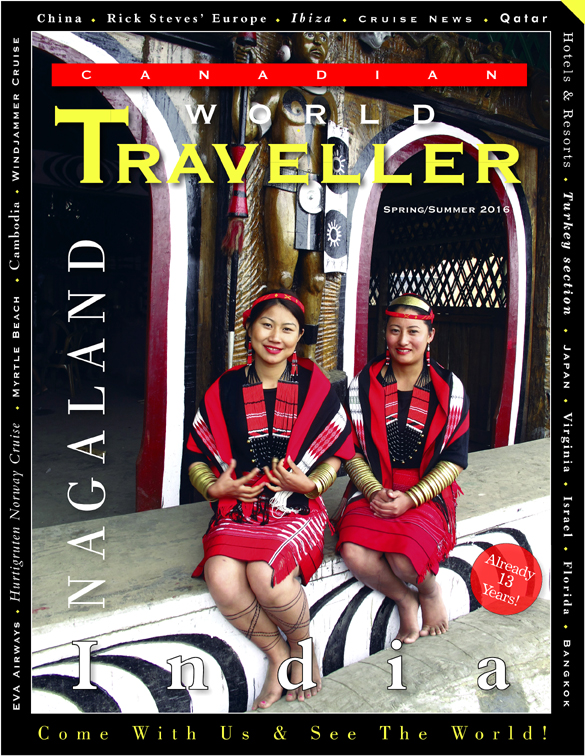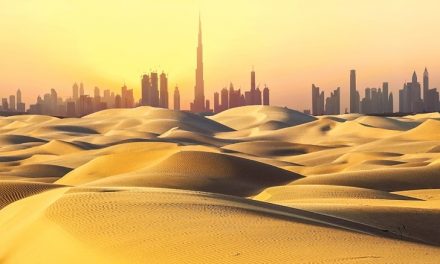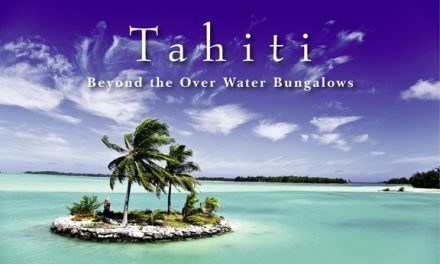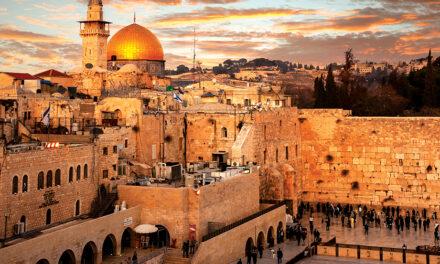Nagaland, India
Hornbill festival and so much more in….Nagaland, India
Article & Photography by Michael Morcos

India is a land rich in many things. An ancient culture, filled with color, flavor, sights and sounds that can overwhelm the senses. It is a special part of the world that needs to be visited by any serious traveller looking for exotic culture and a glimpse of a disappearing world. As with many parts of the world, India has its hidden gems. The Hornbill festival is one such gem and this is surely not the India that most will associate with!
The festival is named after the Hornbill bird. Hornbills are found in tropical and subtropical Africa and Asia and are striking with their long, down-curved bills that are frequently brightly colored. The Festival is an annual event, and is well worth the December visit.
As the majority of people of Nagaland depend on agriculture, most of their festivals revolve around this theme. The Hornbill Festival, also called the ‘Festival of Festivals’ in the northern state of Nagaland, was created as a grand celebration for the many tribes who live in this northern part of Nagaland. The Naga people consider their festivals sacred, with each tribe having their own and participation in them is essential. Knowing this, and to encourage interaction between the tribes and boost Nagaland cultural heritage, the Government organizes this Hornbill Festival every year to bring the tribes together and invite tourists to enjoy the pageantry!
The festival runs for 10 days and is the major attraction in both the city of Kohima and in the state of Nagaland.
Sixteen different tribes are present at the festival, all from the state of Nagaland and each with their own sections. This is a very colourful event, and the outfits were authentic and worn on a daily basis just the way they were for all past generations. Visitors are treated to each one’s unique traditional dress (headdresses and native costumes) and got to taste their traditional foods and drinks, including the hot peppers…oh the peppers!
During the festival there is a hot pepper eating contest. The Nagaland pepper is the self-proclaimed hottest pepper in the world as per the locals.
Open to everyone brave enough to enter, the contestants have to eat a large handful of peppers in a certain amount of time. The set-up is ready for anything, with judges, timers and glasses milk on the tables. They even had a doctor and nurses backstage, as there were many contestants who were violently ill and had to get mouth washes and one even had to get a needle injection! In the contest I witnessed, most contestants were in tears, lots were vomiting and a couple were even in convulsions. This was certainly not for the weak; but the winner walked off with a pocketful of money!
.
For those who survived the peppers, there was delicious Handia (Rice beer) awaiting them. All natural, it is made using ranu tablets, which are essentially a combination of about 20 herbs that act as a fermenting agent. The ranu tablets are mixed with boiled rice and left to ferment. The drink is served cool and was a big hit at the festival
The Festival was amazing, very colourful, and was like stepping back in time. The many tribes present are friendly and get along with each other, but that was not always the case. Many have had rivalries and wars against each other. Some were even head-hunters!
That practice was only outlawed in the 1970s, and the elder men of the Konyak tribe (fierce head-hunters in the past) have tattoos all over their signifying their triumphs in war and the defeat of their enemies.
Nowadays, the battles are just as fierce, just not as deadly. The tribes now take turns singing, dancing and playing traditional instruments at a small stadium set up for guests with seating for visitors. Aside from that, there were other feats of strength and skill, including games like tug of war between the different tribes. They each also had areas set aside for selling wonderful, hand-made jewellery and weaved baskets with naturally sourced material.
Walking around the grounds, what struck me most was how this way of life is almost non-existent in this rapidly changing world, and very hard to find anywhere today.
The state of Nagaland is very different from the rest of India. It is in the far Northeast and is located in the part of India that is called the seven the Seven Sister states (states of Arunachal, Pradesh, Assam, Meghalaya, Manipur, Mizoram, Nagaland and Tripura). These states cover a about seven percent of India’s total area, and although there is ethnic and religious diversity within the borders, their political, social and economic spheres are quite similar.
Furthermore, the Nagaland people are less like the Indians and more like the Burmese, ethnic Thai, ethnic Chinese and Nepalese as they are located very close to Burma which is only 20 kilometers away. The state has been trying for decades to leave India to form their own country.
Back to the festival. It is truly something to behold, and the closing ceremony has fireworks and the biggest bon fire I have ever seen – 12’ high and wide…A sight to behold
Kohima
During the festival, we took a couple of days to explore some nearby towns. Kohima has a page in history from a sad chapter in India that took place during the war with the Japanese. It was in Kohima that the Japanese invaders were finally stopped, but at a great cost of human lives. Had the ‘Allies’ at the time not withstood the onslaught from the East, the Japanese would have broken through the lines and would have gone across into the heartland India. The Kohima cemetery in the middle of town is well kept and is a testament to the many British, Indian and Nagalaner soldiers who laid down their lives. It was quite an emotional and sad visit as many of the men buried there were as young as 15 years old.
Khonoma
We also visited the small community of Khonoma. The drive was part of the fun as there was an incredible view around every corner of the winding, twisting dirt roads. Over hills and mountainous terrain, reaching the town is a treat for sightseers and nature lovers. Once in town, the citizens continue to live as they have done for centuries the only difference now is there is one paved stone road and electricity!
Life is very slow here and the people truly live off the land. The main food is rice which is grown in magnificent rice paddies between two hills. We saw people washing clothes at a community water fountain gushing with pure, clean mountain water, and others tending to the livestock or weaving things from grass.
Though we were surrounded by beauty, the trip was a little melancholy, as the town was another way of seeing the ever disappearing history of the past in Nagaland.
www.incredibleindia.org
Click on cover to view published article

